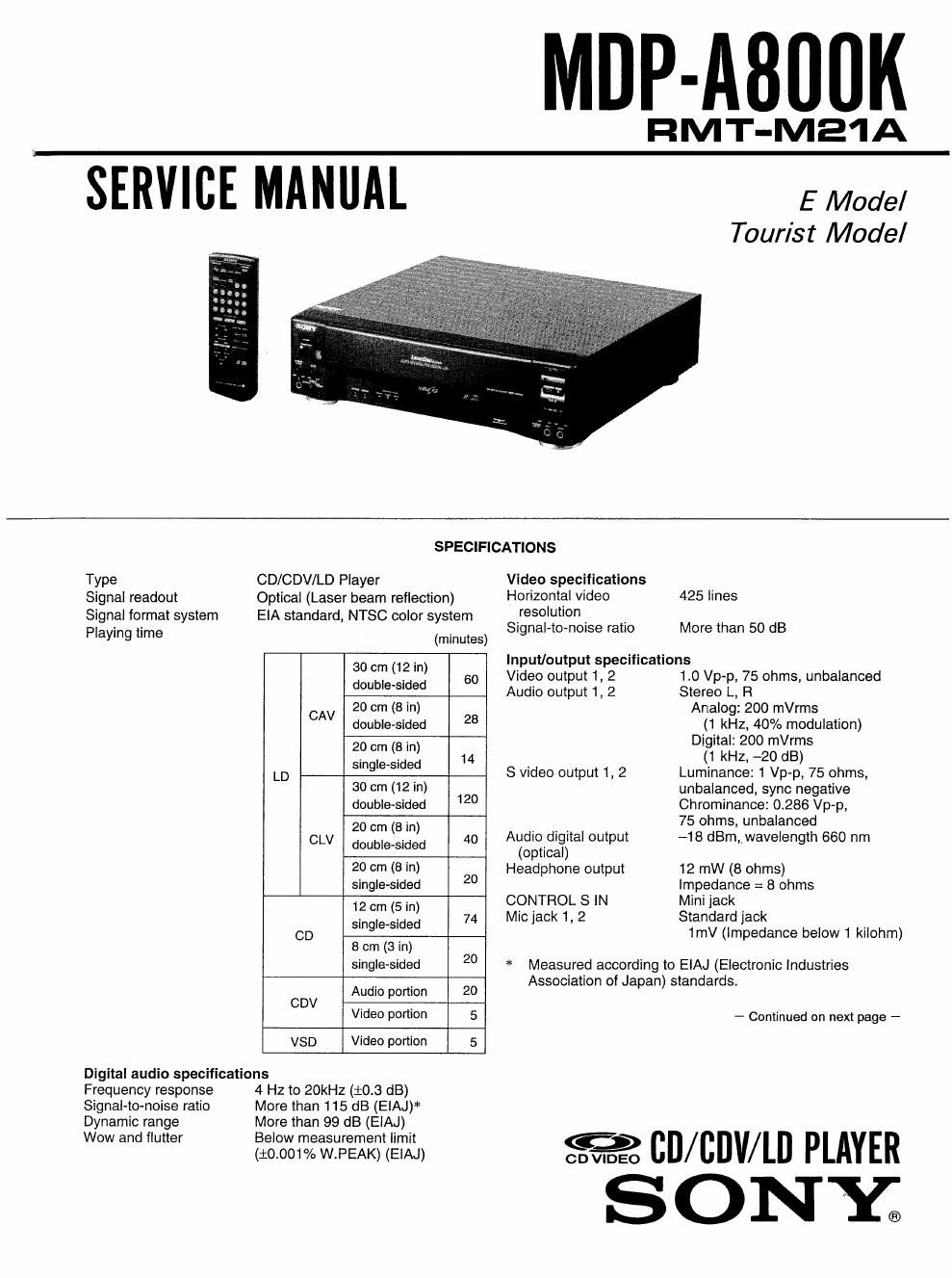Sony mdp a 800 k service manual
This is the 105 pages manual for sony mdp a 800 k service manual.
Read or download the pdf for free. If you want to contribute, please upload pdfs to audioservicemanuals.wetransfer.com.
Page: 1 / 105
